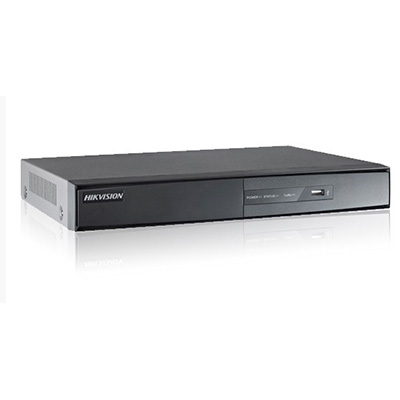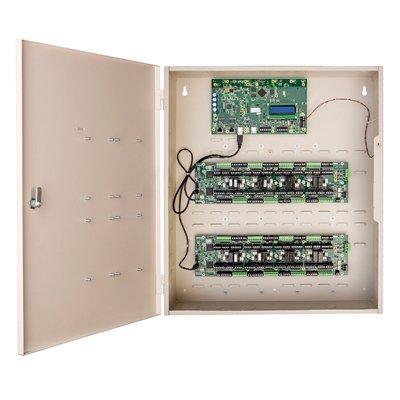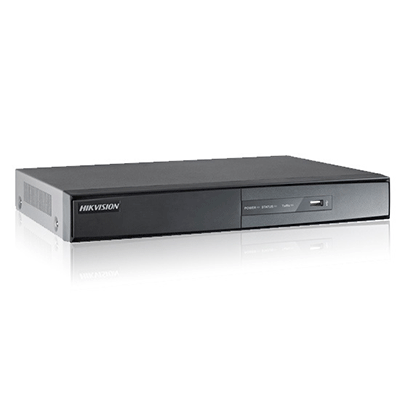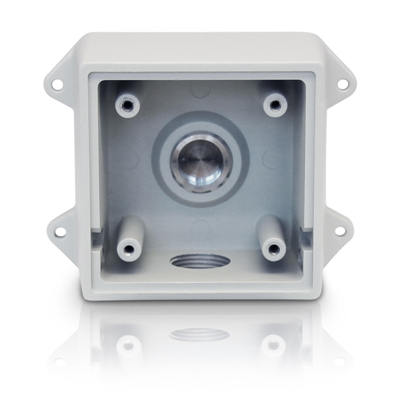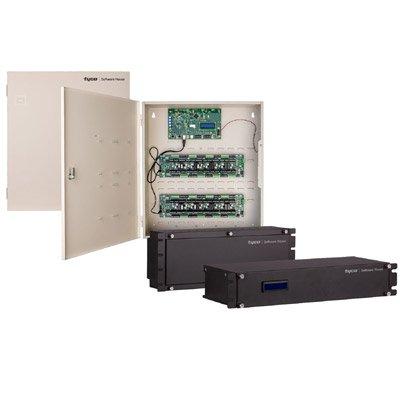With ever-growing capacity requirements and the complexity of the future 5G network, it is important for operators to invest in the monitoring and management of networks, in order to maximize network infrastructures and be prepared for 5G. As the demand for increasing bandwidth and higher data rates create increasingly complex networks, more variables are introduced that decrease the average time to failure and increase the average time to repair, if a failure occurs.
This coupled with the fact that site visits are expensive, time consuming and can be labor intensive in terms of repairs, means that operators are constantly looking for ways to identify network issues quickly with minimal disruption. Monitoring the optical layer of a network is critical, particularly for fiber laid in locations such as rural communities or remote unmanaged locations.
Progressively complex networks
For remote sites with no personal presence, if a resource fails an engineer would be dispatched to the site to inspect whether the issue is with the resource itself or the infrastructure, which can be quite costly and time consuming.
Complex networks require proactive monitoring in order to prevent fewer downtimes of smaller duration
“As consumers continue to demand increasing bandwidth and higher data rates, operators will be looking to invest in their networks to keep up with those growing demands,” said Anthony Clarkson, Technical Director at ProLabs. “This creates progressively complex networks which require proactive monitoring in order to prevent fewer downtimes of smaller duration. In turn this improves uptime and MTTR statistics but can also save money operationally.”
Network monitoring team
With Optical Channel Monitoring (OCM) the network monitoring team can determine the issue within a couple of minutes, providing valuable optical data for networks which can then be passed onto operators and maintenance companies. OCM can be used both for provisioning and troubleshooting purposes. Through using OCM, network operators can manage fiber and monitor capabilities, giving them greater visibility into their networks which can assist their operators, provisioning and monitoring teams.
“Network operators worldwide have already started to realize the potential that Optical Channel Monitoring can bring to their networks,” added Anthony. “OCM currently monitors the full Dense Wavelength Division Multiplexing (DWDM) channel range and with Coarse Wavelength Division Multiplexing (CWDM) monitoring scheduled for the first quarter of 2020, operators will continue to have greater network visibility and enhance their optical networks ready for 5G.”









